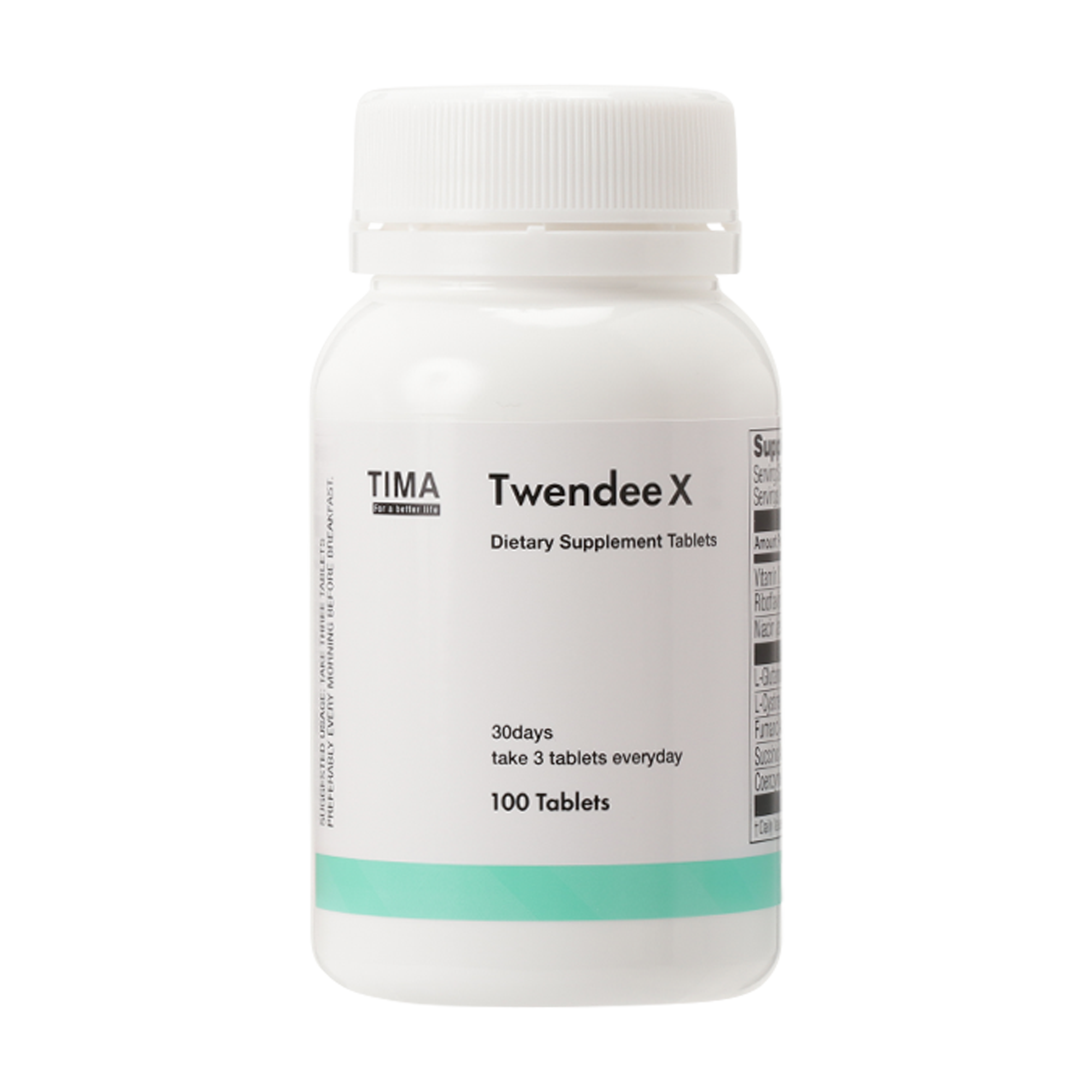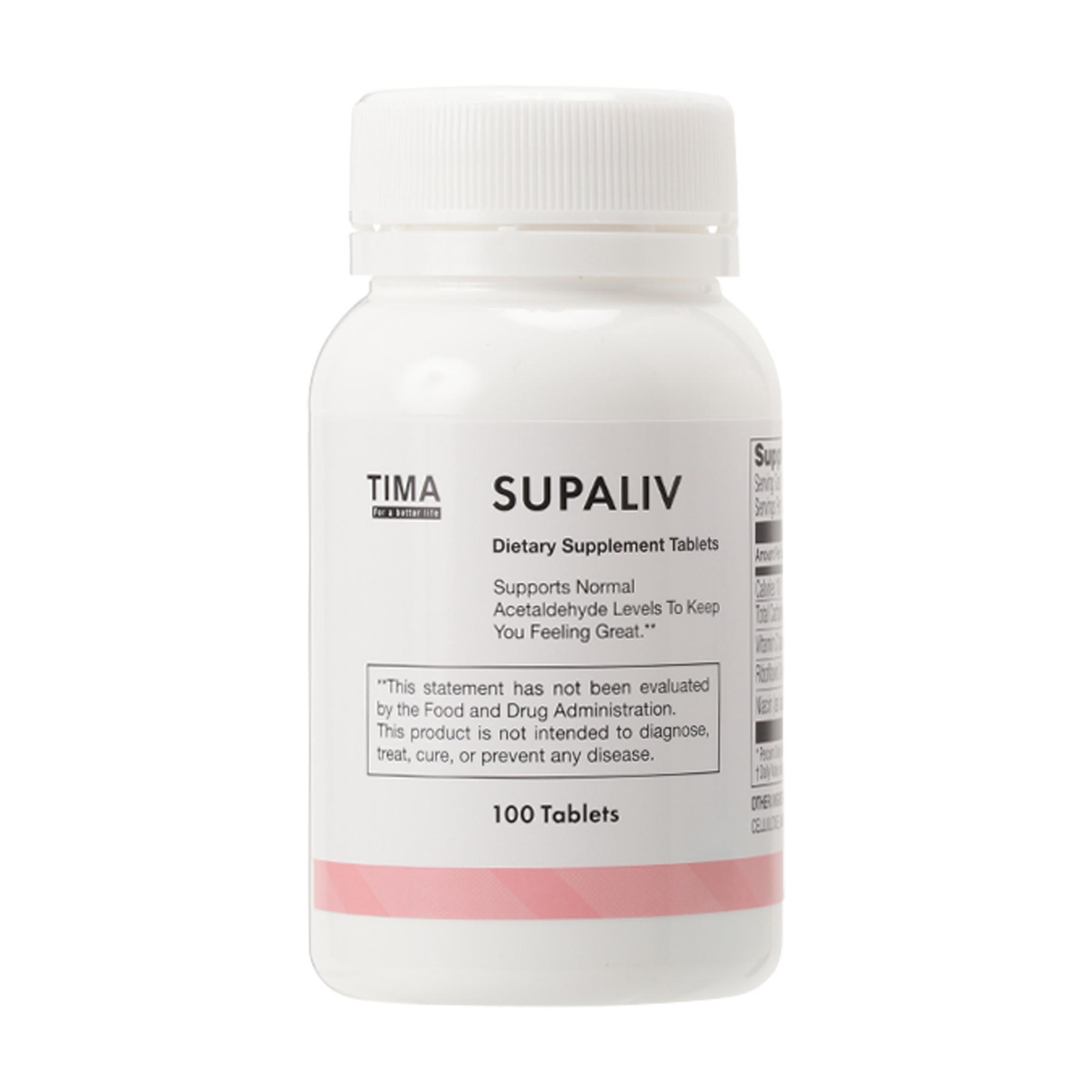Thesis on Oxidative Stress and "heart failure"
- Paper title
- Role of oxidative stress in cardiac hypertrophy and remodeling.
- Abstract summary
- Excess reactive oxygen species generation triggers cell dysfunction, lipid peroxidation, and DNA mutagenesis.
- Authors
- E. Takimoto, D. Kass
- Journal
- HYPERTENSION
- Semantic Scholar URL
- https://semanticscholar.org/paper/4ece242a1f7137bd5d58e577be7b2547ffb6b6c9
- Abstract
-
Cardiac adaptation in response to intrinsic or external stress involves a complex process of chamber remodeling and myocyte molecular modifications. A fundamental response to increased biomechanical stress is cardiomyocyte and chamber hypertrophy. Although this may provide initial salutary compensation to the stress, sustained hypertrophic stimulation becomes maladaptive, worsening morbidity and mortality risks because of congestive heart failure and sudden death.1 Growing evidence highlights oxidative and nitrosative stresses as important mechanisms for this maladaptation.2–9 Oxidative stress occurs when excess reactive oxygen species (ROS) are generated that cannot be adequately countered by intrinsic antioxidant systems. Superoxide anion (O2−) can further combine with NO, forming reactive compounds such as peroxynitrite, generating nitroso-redox imbalance.4 ROS generation is a normal component of oxidative phosphorylation and plays a role in normal redox control of physiological signaling pathways.5,8,9 However, excessive ROS generation triggers cell dysfunction, lipid peroxidation, and DNA mutagenesis and can lead to irreversible cell damage or death.5,8,9 In this review, we discuss recent experimental evidence for the role of oxidant stress on cardiac remodeling, focusing on pressure- overload–induced hypertrophy and dilation.
ROS include free radicals such as superoxide (O2−) and hydroxyl radical and compounds such as hydrogen peroxide (H2O2) that can be converted to radicals, and they participate in both normal and pathologic biochemical reactions.9 O2− is formed intracellularly (Figure 1) by activation of nicotinamide-adenine dinucleotide phosphate (NADPH) oxidase or xanthine oxidase (XO), uncoupling of NO synthase (NOS), and electron transport and “leakage” during oxidative phosphorylation in the mitochondria.5,8,9 H2O2 can generate the highly reactive hydroxyl radical via Fenton chemistry under pathological conditions.9
Figure 1. General schematic of generation pathways for ROS and antioxidant systems in the heart. Low levels of ROS are thought to …








